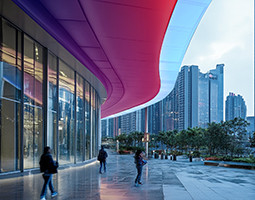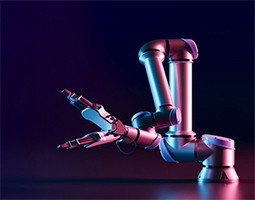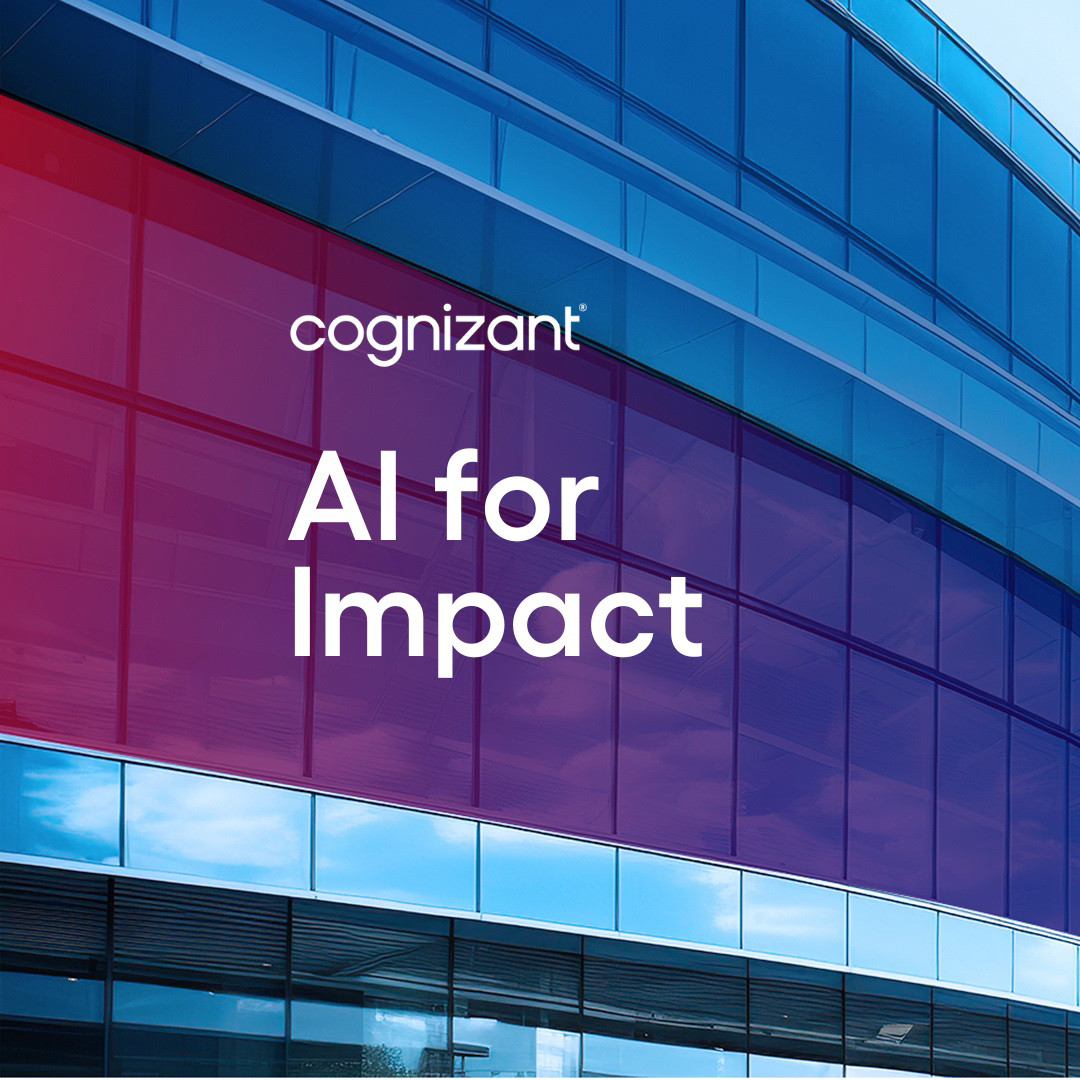The five years up to 2025 brought a series of unprecedented challenges – including the pandemic, global conflicts, labour market issues, inflation and a cost-of-living crisis – that profoundly impacted the retail and consumer sectors. Faced with these disruptions, resilient leaders stepped up to the plate, embracing change, adopting transformative strategies, and driving innovation.
Fast-forward to today, and the operating environment is continuing to evolve at pace. Following a changing of the political guard in the UK and against a background of continued geopolitical volatility and persistent inflation, companies in the sector are focusing on technology-driven strategies to enhance their operations and deliver exceptional value to customers.
It’s an approach that’s delivering results. Forward-thinking retailers investing in new technologies are increasing market share, and valuation gaps in the sector are widening – underlining that, in the future, retailers will continue to leverage more advanced tech to achieve competitive advantage, growth and profit. The latest Kantar Worldpanel report, published in November 2024, highlights how Tesco and Sainsbury's have consolidated their leading positions in the industry, demonstrating the power of tech-led strategies.
Drawing on our industry experience and frequent discussions with clients and industry analysts, we’ve identified five top trends shaping the retail and consumer industries in 2025 and beyond.
1. Unified and hyper-personalised brand experiences
Despite significant advances, the aspiration of achieving a seamlessly connected, hyper-personalised omnichannel experience remains elusive. Shein and Temu are disrupting the UKI marketplace in this regard. What’s more, they appear to be unbeatable on price, quality and variety.
Capturing a customer’s attention requires a top-tier shopping experience. And this can only be delivered based on a 360-degree customer view, supported by AI-derived insights, dynamic content using Generative AI (Gen AI), and unified commerce platforms. The goal is a consistent, engaging journey—tailored to one customer and one item, through any chosen channel.
There are many examples of this in action. Sephora merges AI-driven recommendations with in-store experiences, setting benchmarks. Nike's SNKRS app offers exclusive drops, AR experiences, and gamified loyalty. IKEA's AR room planning tools revolutionise engagement.
The common thread? To stand out, consumer-facing businesses must drive the “wow factor” by leveraging AI and data to anticipate needs, personalise offers, and create lasting loyalty.
2. Conscious, traceable, and resilient supply chains
In recent years, consumers’ priorities have shifted towards conscientious purchasing. This has been reflected in an increased desire for transparency and sustainability in the goods they buy, in turn requiring greater visibility and resilience in supply chains. To meet these demands, retailers must adopt technologies such as blockchain and Internet of Things (IoT).
Examples: Nestlé uses blockchain for end-to-end traceability in products like coffee, while Procter & Gamble employs geographic information system (GIS) technology and IoT to enhance visibility and minimise waste. Patagonia uses a traceable supply chain to ensure ethical labour practices and eco-friendly materials, while LVMH's Aura Blockchain guarantees authenticity and traceability for luxury items. And to build resilience, retailers like Walmart are using AI-powered supply chain command centres to predict and adapt to demand disruptions.
For today’s retailers, prioritising green initiatives and integrating sustainability, transparency and agility into their supply chain to earn consumers’ trust remains a potentially powerful “extra”, even in this era of fast-consumerism.
3. Advanced technology driving innovation
Growing numbers of consumer businesses are adopting Gen AI, augmented/virtual reality (AR/VR), and immersive tech to enhance their operations and customer engagement. Unilever uses Gen AI to automate content creation, accelerating time-to-market. Lululemon’s smart fitness mirror allows users to enjoy personalised workouts at home. In hospitality, Hilton uses AI and IoT to conduct predictive maintenance and provide hyper-personalised experiences for guests, while Marriott is experimenting with digital twins, with a view to optimising its energy usage and streamlining its operations.
Given the potential of Gen AI, consumer businesses need to adopt it at pace, while prioritising ethics and governance for responsible innovation. This balance fosters trust and long-term success. AI-powered solutions are vital for digital-first stores, transforming them into micro-fulfilment centres, driving social commerce, streamlining operations, and enhancing customer experiences.
The message for retailers: carpe diem! Now is the time to leverage the full potential of tech and scale MVPs and PoC’s with advanced technology, creating comprehensive solutions that deliver cutting-edge capabilities for the future.
4. Breaking barriers, reimagining business models
The rapid evolution of the consumer landscape has spurred retailers to rethink traditional models. Levi’s launched “Levi’s SecondHand” for sustainability-conscious customers, while H&M’s “Take Care” programme offers in-store repair services and recycling, promoting circularity. Such initiatives create new revenue streams and resonate with the eco-conscious consumers.
Similar ground-breaking moves are underway in hospitality, with brands like IHG developing asset-light models by expanding franchise operations, reducing costs, and enhancing customer experience. Meanwhile, retail media networks are focusing on monetising digital properties with targeted promotions for external products. Tesco, for instance, uses short-form videos on apps and websites to engage customers. Though complex to implement, such innovations yield significant benefits when executed correctly.
To emulate advances like these, consumer businesses need to assess the market, leverage consulting partners, and evaluate the technologies available to support new business models. Be bold, be proactive and secure competitive advantage.
5. Intelligent pricing strategies
Recent economic volatility has underscored the importance of intelligent pricing. Consumer businesses must balance competitiveness with profitability, leveraging AI to model price profiles based on demographics, psychographics, and external factors like weather and demand.
Platforms like Airbnb exemplify dynamic pricing, adjusting rates based on local events and seasonality. Similarly, Hilton employs AI to forecast occupancy and optimise room rates for profitability. Grocery retailers such as Tesco and Sainsbury’s use real-time data to adjust promotions, to maintain their competitive edge.
Embrace AI-powered pricing engines can enable a consumer business to adapt fast and flexibly to market conditions, stay competitive, and meet customers’ expectations.
Readying for success in 2025 and beyond
Each of the five trends we’ve highlighted for 2025 will have profound impacts on the retail and consumer sectors – meaning no company can afford to ignore them. The goal? To realise the opportunities they present more effectively and quickly than your competitors. Succeed in doing this, and your business will reap the benefits not just in 2025, but for many years to come.
Any thoughts?
If you have any thoughts on our five retail and consumer trends for 2025, or would like to learn more, please reach out. It’s good to talk!















